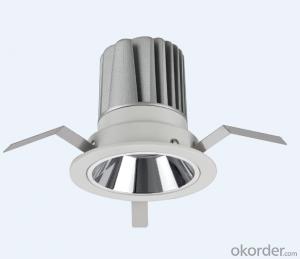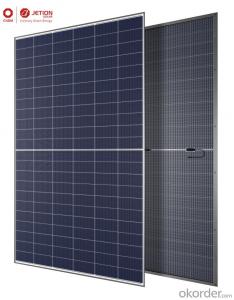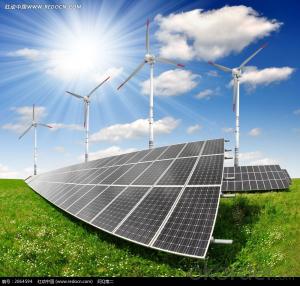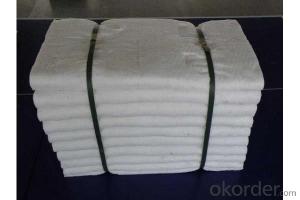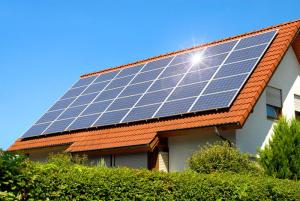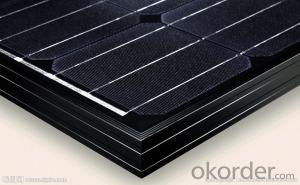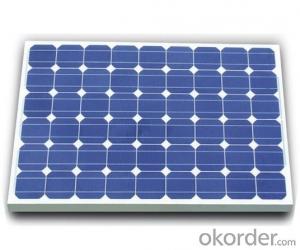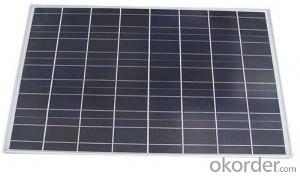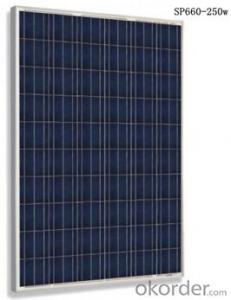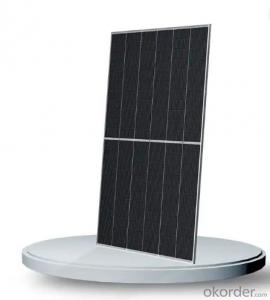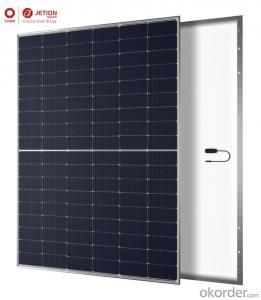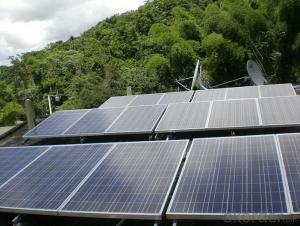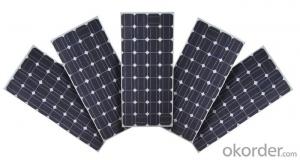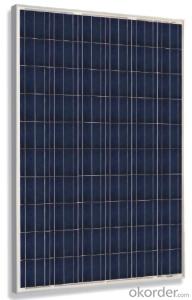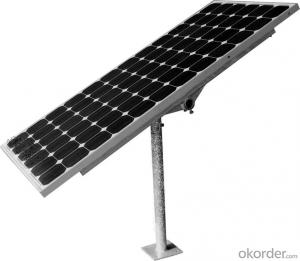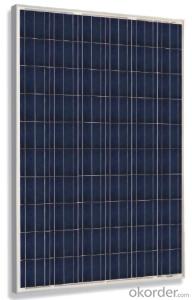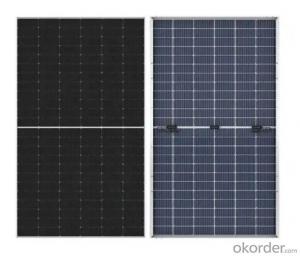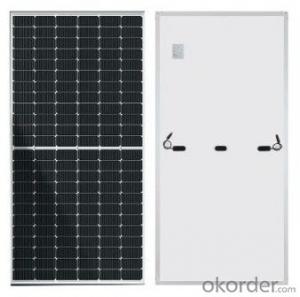Ja Solar Bifacial Module
Ja Solar Bifacial Module Related Searches
Bottom Solar Led Module Solar Light Module Solar Module Construction First Solar Series 6 Module Solar System Module Solar Power Management Module Solar Power Module Black Solar Module Bosch Solar Module C-Si M 60 Solar Battery Charger ModuleHot Searches
China Ac Module Solar Panel China Solar Ac Module China Solar Module Prices China Solar Module Solar Module China Ac Module Solar Panel Price Solar Inverter Panel Price Solar Panel Module Price Solar Module Wholesale Price Solar Module Price Per Watt First Solar Module Price Solar Module Price Increase Solar Module Price Solar Panel Inverter Size Solar Panel Module Size Solar Panel Inverter Suppliers Solar Panel Module Types Solar Inverter Solar Panel Tesla Solar Panel Inverter Solar Hot Water Collectors For SaleJa Solar Bifacial Module Supplier & Manufacturer from China
Okorder.com is a professional Ja Solar Bifacial Module supplier & manufacturer, offers integrated one-stop services including real-time quoting and online cargo tracking. We are funded by CNBM Group, a Fortune 500 enterprise and the largest Ja Solar Bifacial Module firm in China.Hot Products
FAQ
- I know that one LED can't power a solar panel. I have found 40 kmcd LED's on OKorder. I know that several of them (28 totale each one with a 470 ohm resistor all at 2 VDC) can show a reflection on a wall in daylight 60 feet away..
- The 40 kmcd rating is a measure of luminous intensity (how bright it looks), not a measure of output power of the visible light. We can estimate the performance of your proposed system as follows: The LEDs on OKorder each are rated about 20mA maximum at about 3.2V, or 64mW (milliwatts). If you use 470 ohm resistors connected to 2VDC, the current that will flow, per LED, will be about: (2V-3.2V)/470ohm = 0.0872A = 8.72mA The power taken from the 2VDC power source will be: P2v = 2V x 8.72mA = 224.6mW (per LED) The power input to each LED will be about: Pled = 3.2V x 8.72mA = 59.9mW (per LED) The LED has a luminous efficiency that can range from about 4.2% to 22%. This efficiency is the ratio of the amount of visible light output (in watts) divided by the input power (in watts). The OKorder listing doesn't identify the output power level (either in watts or in lumens), so let's assume a 0% efficiency. The LED output power will be about: Pout = 59.9mW x 0% = 5.99mW (per LED) A solar panel converts visible light to electrical energy with an efficiency that ranges say about 6% to 8%. Suppose the solar panel efficiency is 2%. Then the electrical power output by the panel will be about : Pe = 5.99mW x 2% = 0.72mW (per LED) If you shine 00 LEDs on the panel, the output electrical power will be 00 times that amount: Pe00 = 0.72mW/LED x 00 LED = 72mW <===ANSWER The power taken from your 2V source will be about: P2V00 = 224.6mW/LED x 00 LED = 22460mW = 22.46W The system efficiency will be about: Eff = solar output / battery input = Pe00 / P2V00 = 72mW / 22460mW x 00% = 0.32% SUMMARY: If you shine 00 of the LEDs on the panel, you will capture back about 0.32% of the energy expended, or regain about 72mW.
- Yes, there are restrictions and regulations regarding solar panel installations. These can vary depending on the location and jurisdiction. Common regulations include obtaining permits, adhering to building codes and zoning requirements, maintaining a certain distance from property lines, and complying with electrical and safety standards. It is important to consult with local authorities and professionals to ensure compliance with all applicable regulations before installing solar panels.
- nan
- Mitsubishi solar panels are sold in pairs. I was in the market this week, checking on solar panels to install in my own house / workshop. Here's the price list I got from online and wholesale dealers for a pair of Mitsubishi panels: * Model MF20EC4 (20 watts) -- $590 * Model MF25UE5N (25 watts) -- $60 * Model MF75MF5 (75 watts) -- $799 * Model MF80UD4 (80 watts) -- $820 * Model MF85UD5 (85 watts) -- $850 BP Solar, PowerUp Solar GE Solar too have their own panels with a low-to-high price range. Go for BP solar panels as they're more affordable for home installation and good value for money.
- Yes, solar panels can be used in areas with frequent power outages. Solar panels generate electricity from sunlight, so as long as there is sunlight available, they can continue to produce power even during power outages. Additionally, solar panels can be equipped with battery storage systems to store excess energy generated during the day for use during periods of low sunlight or power outages, making them a reliable source of electricity in areas with frequent power disruptions.
- Shading has a significant negative impact on the performance of solar panels. When even a small portion of a solar panel is shaded, it can drastically reduce the overall power output of the entire panel. Shading causes a decrease in the amount of sunlight reaching the solar cells, which in turn reduces the energy production. It can also lead to hotspots and potential damage to the shaded cells. Therefore, shading should be minimized as much as possible to ensure optimal performance and efficiency of solar panels.
- Yes, solar panels can be installed on bridges or highways. In fact, there are several projects around the world where solar panels have been installed on bridges and highway infrastructure. These installations not only generate clean energy but also utilize underutilized spaces, contributing to sustainable and efficient use of resources.
- Yes, solar panels can be installed on theme parks or amusement parks. In fact, many parks are increasingly embracing renewable energy sources like solar power to reduce their carbon footprint and energy costs. Installing solar panels on theme parks can not only provide clean and sustainable energy but also serve as a visible demonstration of their commitment to environmental sustainability.
- Yes, solar panels can be installed on a restaurant or food establishment. In fact, many restaurants and food establishments are increasingly embracing solar energy to reduce their carbon footprint, lower energy costs, and demonstrate their commitment to sustainability. Solar panels can be installed on rooftops, canopies, or even on unused land surrounding the establishment, providing a renewable and clean source of energy to power the operations.



